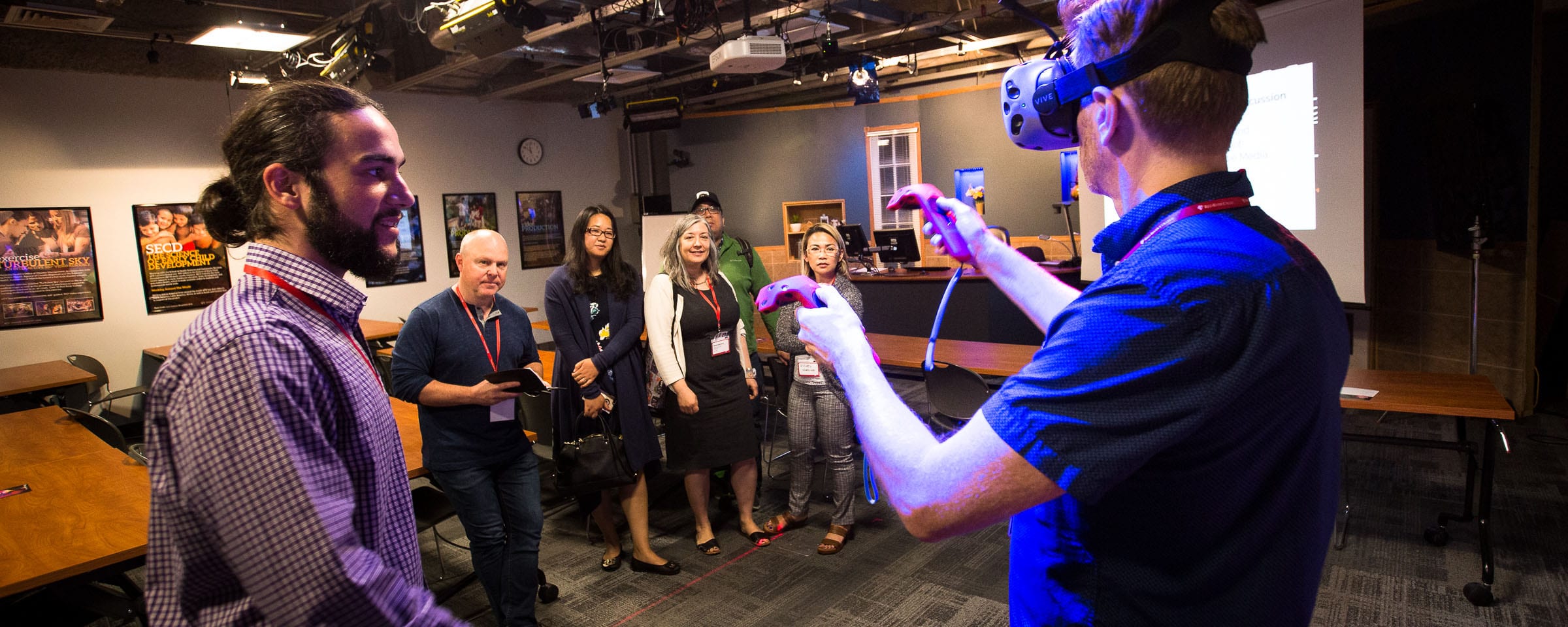Smooth
Injecting Agile into Group Projects (part 3)
Collaboration can be a powerful catalyst:
“Two heads are better than one.”
“Many hands make light work.”
“No manager ever won no ballgames.”
But optimum group performance is a function of how adaptable its members are in the face of unforeseen challenges, how smoothly they can adapt to change. So we move to the fourth pillar of our Group Project Agile Manifesto: responding to change over following a plan.
By 1999, musicians Rob Thomas, 27, Itaal Shur 33, and Carlos Santana, 52, were each reasonably successful, with the veteran Santana on the charts since 1969, three years before Thomas was even born. None of them ever had a # 1 hit.
 Shur had composed Room 17 over a weekend after hearing that Santana needed a song for a new album. Arista, Santana’s record label, loved the instrumental and some of the melodies, but not the lyrics – a little too sexual for Santana. Would he work with Rob Thomas to rewrite the lyrics, they asked (even though Shur didn’t know him)? Thomas did redo the lyrics and, unexpectedly, was featured on vocals when Santana immediately decided to record the newly titled Smooth live (in only three takes!)
Shur had composed Room 17 over a weekend after hearing that Santana needed a song for a new album. Arista, Santana’s record label, loved the instrumental and some of the melodies, but not the lyrics – a little too sexual for Santana. Would he work with Rob Thomas to rewrite the lyrics, they asked (even though Shur didn’t know him)? Thomas did redo the lyrics and, unexpectedly, was featured on vocals when Santana immediately decided to record the newly titled Smooth live (in only three takes!)
The result?
Smooth shot to the top of the Billboard Hot 100, stayed # 1 for 12 weeks, went on to win three Grammy Awards, and in 2013 was ranked the second most successful song of all time by Billboard.
Success in this case well illustrates the desirability of flexibility over planning. Santana (or his handlers) would have most likely started with a “tried and true” music production process. If they had used a Kanban board, the first iteration might have looked like below-left.
But after Shur had submitted his song and the lyrics were being reworked by Thomas (to be sung by someone else, he thought), the board might have looked like the one on the right (with new pink cards and a new category, “Trash”).
Finally, after Santana had heard Thomas’s demo and was so excited that he wanted to record the whole thing live, asap and without finding another singer (no practising, no rehearsal, no overdubbing), the board might have looked like this last one.
And the rest is history.
The beauty of the board is that you can add new tasks whenever needed and re-prioritize on the fly. All group members can quickly see what has been done and in which order, what’s in progress, and what’s still left to do. Sometimes a member may discover while performing a task that some steps or dependencies have been overlooked. No problem, write them up, put them on the board, and discuss with the other members the next time you meet to work it out. Sometimes, as in our musical example, you discover that some tasks can simply be skipped.
Plans are good. But a system that lends itself to realignment when needed is even better, because we value responding to change over following a plan. Right?
Manifesto (part 2) <<Previous post – Next post >> Kan’t Ban (part 4)




